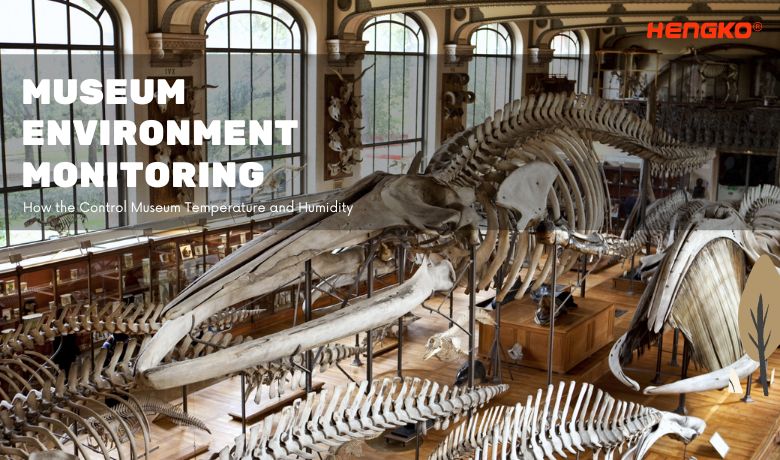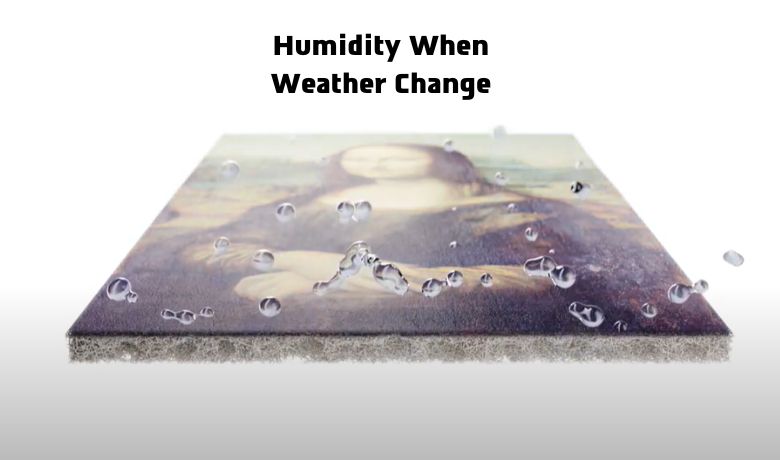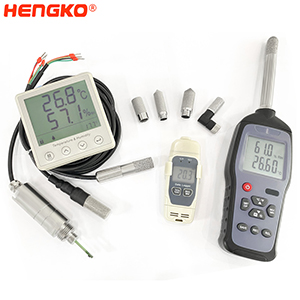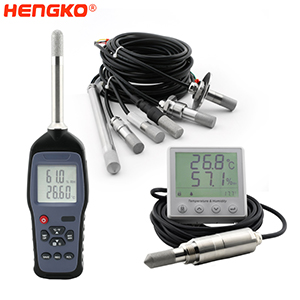
All the cultural relics in the museum collection are composed of different materials. The natural damage of cultural relics is the deterioration of the materials that constitute cultural relics under the influence of environmentally harmful factors. Among the various environmental factors that affect the preservation of collections, the most fundamental and often operational factors are the temperature and humidity of the air. The influence of temperature on cultural relics is mainly reflected in thermal expansion and cold contraction when there is a large environmental temperature and humidity difference.
When temperature acts together with environmental factors such as humidity, light, oxygen, insects, and mildew in the environment, the damage to cultural relics is often accelerated and catalyzed. Within a certain temperature value, the reaction speed is 1-3 times faster for every 10 degrees increase in temperature. Similarly, too high or too low humidity will also cause serious damage to organic cultural relics. Therefore, suitable temperature, humidity, and a clean environment are necessary to protect cultural relics.
For a long time, although the national museum workers have done a lot of work to protect cultural relics, damage to cultural relics is still very common, which is closely related to the inappropriate collection environment of museums. The key to timely understanding and mastering the changes in the environment of cultural relics and preventing the deterioration of cultural relics is to adopt what means to detect temperature and humidity to improve the inappropriate environment as soon as possible.
In the management and operation of museums and cultural institutions in China, real-time data collection and transmission of temperature and humidity factors that closely impact the preservation of cultural relics can provide a strong scientific basis for the formulation of cultural relics protection measures. Among them, temperature and humidity sensor technology play an important role.

So What is the Right Humidity for Most Museum ?
The museum will use temperature and humidity sensor technology in the environmental control of cultural relics. For example, more than 60 caves in Dunhuang Mogao Grottoes are equipped with temperature and humidity sensors. After Checking with a variety of sensor data, we can control the number of tourists entering the caves to ensure the stability of the cavern's environment and the safety of the murals.
The fluctuation of ambient temperature and humidity is the most significant damage to the precious cultural relics in the museum. For example, the opening and closing of air conditioning when the museum is open and closed and the number of visitors during the day will affect the humidity change. High humidity is easy to cause bacteria, mold, and aging of painting and calligraphy paper. If the humidity is too low, the paper will become brittle. Therefore, humidity is generally controlled between 45% and 55% to protect cultural relics.
Most museums in our country have been placed with sensing elements such as temperature and humidity monitoring terminals, adopting wireless methods to monitor the microenvironment of the showcase in real-time to ensure that cultural relics are under a safe environment of stability and cleanliness, or adopting monitoring equipment of warehouse constant temperature and humidity storage cabinets and warehouse constant temperature and humidity showcase to monitor the environment of cultural relics warehouse in real-time. Among them, the processes of refrigeration, heating, dehumidification, and humidification, are all controlled by the temperature and humidity sensor.
As an enterprise dedicated to producing, researching, and developing temperature and humidity products, HENGKO has rich experience in the industry. Please get in touch with us if you need customized temperature and humidity products or solutions!
Then if you also have Museum Environment Project need to Control the Temperature and Humidity, welcome to check our Temperature and Humidity Transmitter Projects, waiting to your email to talk more details. you can send email by ka@hengko.com
or you can send a inquiry by follow form .
Send your message to us:
Post time: Oct-21-2022







